Agile working made easy
Agile working needn’t be complicated – we explore its benefits and how it can help your business

With the combination of developing technology and modern-day pressures and responsibilities, the traditional office model is starting to seem outdated. A 2018 YouGov survey found that just 6% of people in the UK work regular 9-to-5 hours every day, and more and more companies are adopting an agile culture.
What is agile working?
An agile working model enables employees to work when, where and how they want, as long as it meets the requirements of their job and the business. For some companies, this may mean encouraging hot desking within the office, whilst others may extend this further to allow employees to work remotely with flexible hours.
In a completely agile working culture, employees should be able to work as easily from a coffee shop or train as from a desk in the office, and different time zones and working hours shouldn't affect productivity and business output. By using technology to seamlessly connect employees across the business, whenever and wherever they choose to work, the company can ensure that it's just as easy for employees to complete tasks outside the office as in. This complete agility may not be feasible for all companies, but the principles still apply to any kind of agile working.
What are the benefits?
Agile working empowers employees by giving them the freedom and flexibility to work in a way which suits them. And, providing the correct practices, processes and technology are put in place, the agile working model should benefit employers too.
With fewer constraints and increased flexibility, you'll have a happier workforce and you're likely to see an increase in productivity. A 2017 YouGov survey found that 89% of British employees were motivated to be more productive by flexible working. Coupled with the reduced business costs of agile working (think less office space, reduced utility costs, etc.), you should see some tangible benefits to the company.
With an agile working culture considered a real company perk, it's also going to help you hire the best talent. And, not only will you attract more people with agile working as a benefit, you'll also be opening up the company to a more diverse group of potential employees that couldn't have otherwise taken the job.
Agile working outside the office
So how do you realistically enable employees to work from anywhere? Remote agile working simply wouldn't be possible without modern technology, and it's important to ensure your organisation has the best hardware to make flexible working as easy and pain-free as possible. Your agile working benefits may disappear quickly if your employees are getting frustrated by clunky portable equipment or complicated remote access that prevents them getting hold of vital documents.
A good enterprise laptop is a staple when you have employees working remotely. The key is to find a high-performance device that can do everything you need but is also lightweight and easily portable. Convertible laptops like the HP EliteBook x360 are a great option for working on the move. You can flip the reversible screen over to use the laptop as a tablet, and the HP EliteBook x360 even comes with a smart pen to jot down notes directly on the screen. The x360 also features tent mode', which allows you to stand the laptop up handy for meetings where you want to talk through a presentation or document on screen.
If you're upgrading your enterprise hardware as part of a new agile working plan, this is a great opportunity to migrate to Windows 10 if you haven't already, giving you the OS support to get the most out of your new devices.
It's also important to have good business processes and practices to ensure employees are acting responsibly about security outside of the office. With an HP EliteBook running Windows 10, you have plenty of cutting edge security features to choose from. Windows 10 is Microsoft's most secure OS yet, featuring SmartScreen malware protection, Find My Device and BitLocker encryption, to name just a few.
HP also has its own set of security features HP Sure View integrated privacy screen alters the viewing angles to stop opportunistic data thieves reading over your shoulder and Sure Start can automatically detect, stop and recover from a BIOS attack. HP EliteBook devices are also equipped with biometric sensors that make it possible for Windows Hello secure login to recognise the fingerprint or face of the user.
Other things to consider when your staff are working on the move and from different locations are battery life and screen quality. The last thing you want is an employee working to a deadline with a dangerously low battery bar and no plug socket handy, or working in a bright cafe and unable to see anything through the glare on the screen. The HP EliteBooks boast all-day battery life and come with HP Anti-Glare Touch Display so you can read your screen easily in any lighting environment.
You also need to think about how your remote workers will connect with colleagues within the office and access files. Can employees access documents, emails and any other communication systems easily and securely from outside the office? Moving your computing to cloud storage, such as OneDrive or SharePoint, is a great way to ensure easy access from any location with an internet connection.
Agile working inside the office
Creating a successful office environment is all about getting the balance right between a collaborative space and a space where people feel they can concentrate and get on with their work. This is where you can really benefit from an agile working setup.
The appeal of agility within the office is that employees are not limited to one inflexible workspace they can choose to work in different settings depending on who they are working with and what they are working on. It's not just about sitting with different people each day.
For example, open plan areas are great for collaboration and creativity but may be a distraction for someone who needs to get their head down and concentrate on a project. A break out area might be perfect for casual meetings but you may need a formal meeting room for conversations with clients. A comfy sofa area may suit someone firing off emails on a laptop but the same person may need a fully equipped desk with a high-resolution monitor for a complex project.
If you want employees to fully embrace this office arrangement, you need to ensure moving from one workspace to another is as easy as possible. If you've invested in enterprise laptops you're already one step of the way there, but you also need to think about practicalities like having enough monitors and plug sockets and choosing technology that works well together. For example, the HP EliteDisplay Docking Monitors are designed so that you can simply plug in your HP EliteBook laptop via the provided USB-C cable and almost instantly start working on the big screen.
Getting everyone on board
Last but not least, a crucial step in adopting any kind of agile working model is a shift in culture. Ensuring you have the right equipment will take you a long way, but you also need to get all of your staff on board with the concept. When making changes to working arrangements, consult your employees on what they need and what would make their lives easier and introduce new ways of working gradually, with clear guidelines and best practices.
Managers also need to reconsider how they measure the success and commitment of their employees. There needs to be an element of trust between employers and employees working remotely or choosing flexible hours, and the focus should be on the standard of work being produced, rather than on emphasis on things such as face time and punctuality.
Essentially, it's all in the planning and setup. If you invest in the right technology and take the time to encourage a shift in culture, you really can set up your company to work from anywhere, safely, securely and productively.
Sign up today and you will receive a free copy of our Future Focus 2025 report - the leading guidance on AI, cybersecurity and other IT challenges as per 700+ senior executives
ITPro is a global business technology website providing the latest news, analysis, and business insight for IT decision-makers. Whether it's cyber security, cloud computing, IT infrastructure, or business strategy, we aim to equip leaders with the data they need to make informed IT investments.
For regular updates delivered to your inbox and social feeds, be sure to sign up to our daily newsletter and follow on us LinkedIn and Twitter.
-
 Trump's AI executive order could leave US in a 'regulatory vacuum'
Trump's AI executive order could leave US in a 'regulatory vacuum'News Citing a "patchwork of 50 different regulatory regimes" and "ideological bias", President Trump wants rules to be set at a federal level
-
 TPUs: Google's home advantage
TPUs: Google's home advantageITPro Podcast How does TPU v7 stack up against Nvidia's latest chips – and can Google scale AI using only its own supply?
-
 Windows 10 end of life has passed – here's your business guide to Windows 11
Windows 10 end of life has passed – here's your business guide to Windows 11In-depth As Windows 10's mainstream support ends, it's time for businesses who have yet to upgrade to take a second look at Windows 11
-
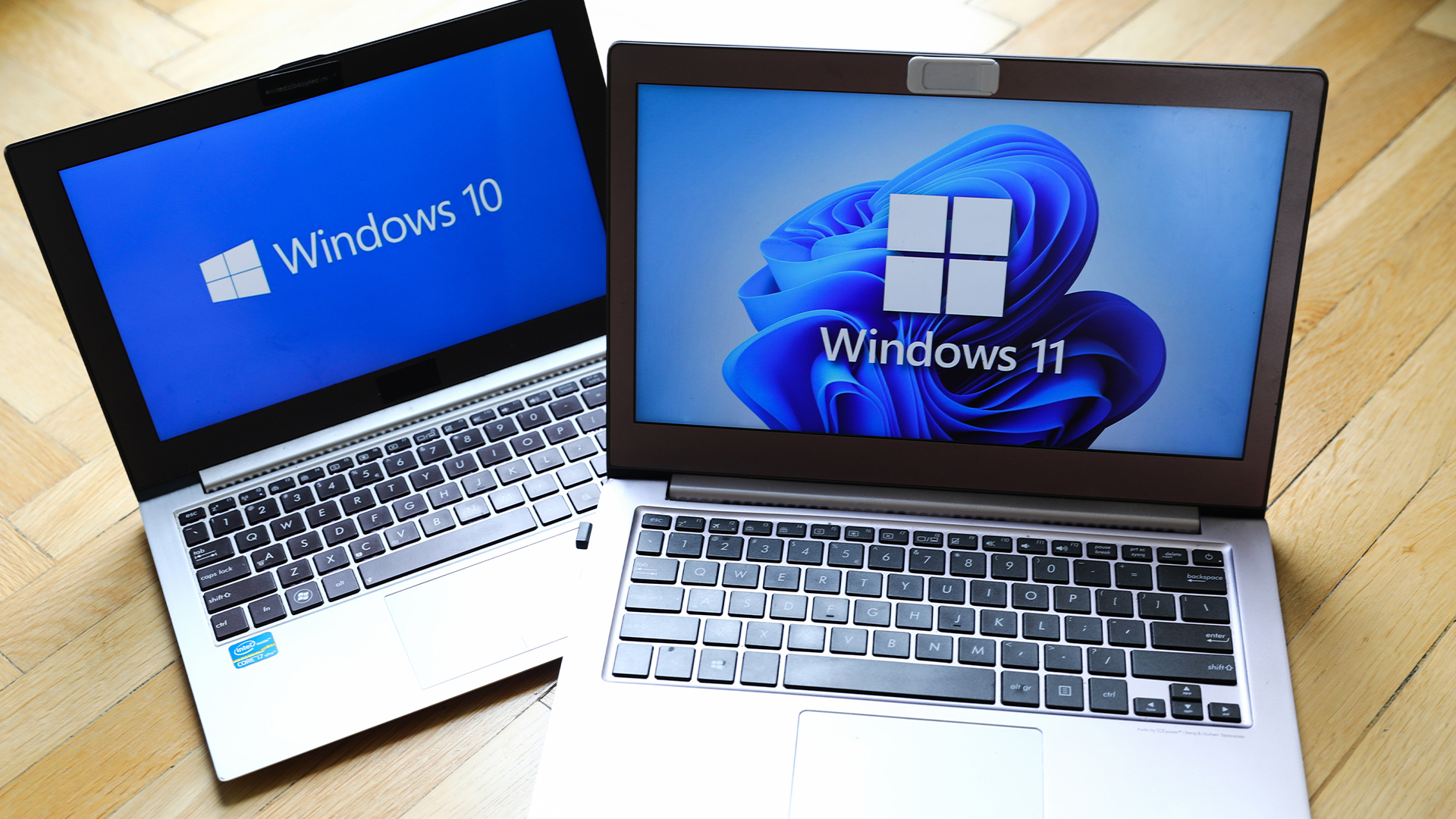 Windows 10 end of life could create a major e-waste problem
Windows 10 end of life could create a major e-waste problemNews The study marks the latest Windows 10 end of life e-waste warning
-
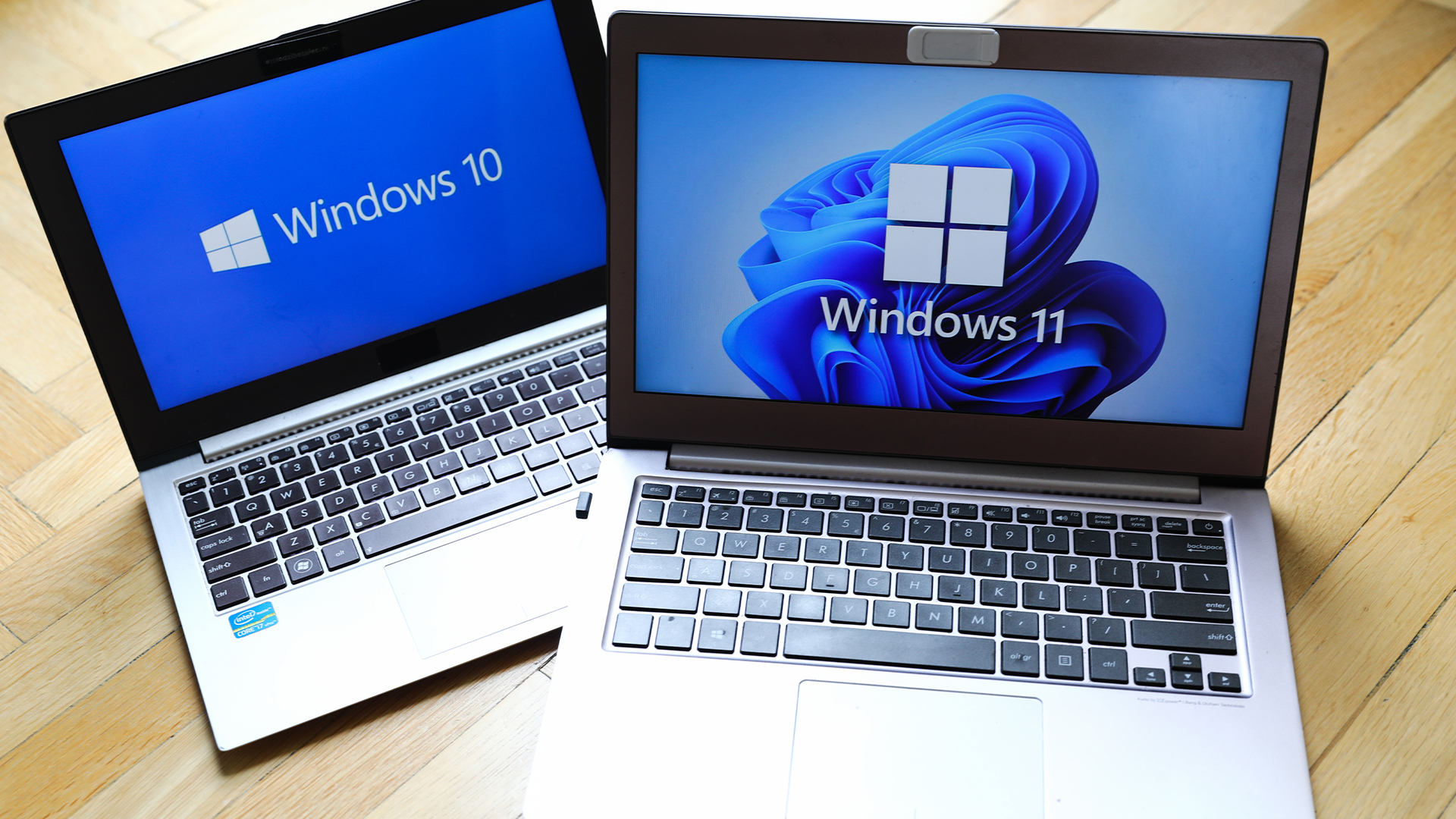 Windows 10 extended support costs could top $7 billion
Windows 10 extended support costs could top $7 billionNews Enterprises sticking with Windows 10 after the October deadline face huge costs
-
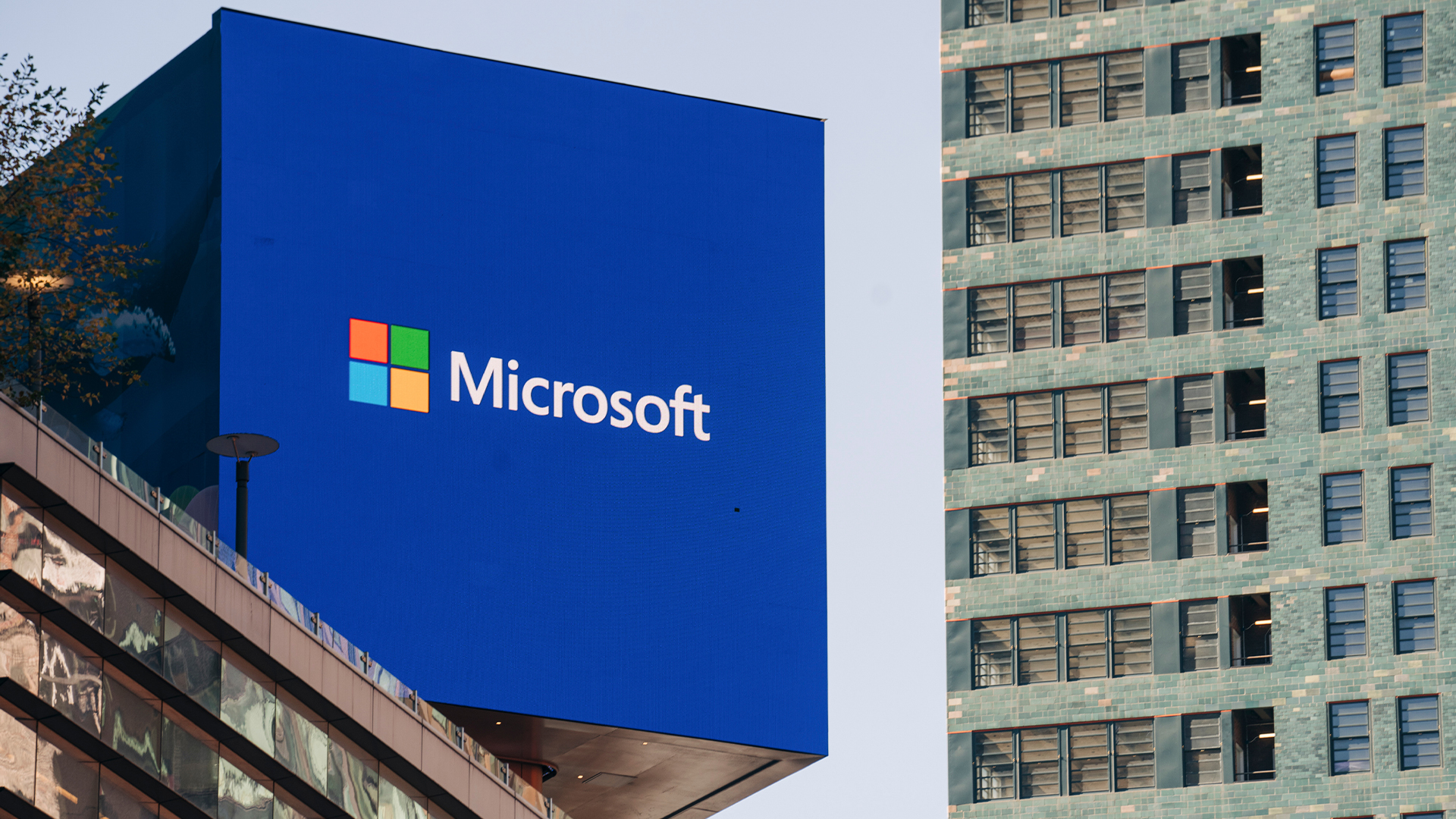 A Windows 11 update bug is breaking SSDs – here’s what you can do to prevent it
A Windows 11 update bug is breaking SSDs – here’s what you can do to prevent itNews Users first began reporting the Windows 11 update bug last week
-
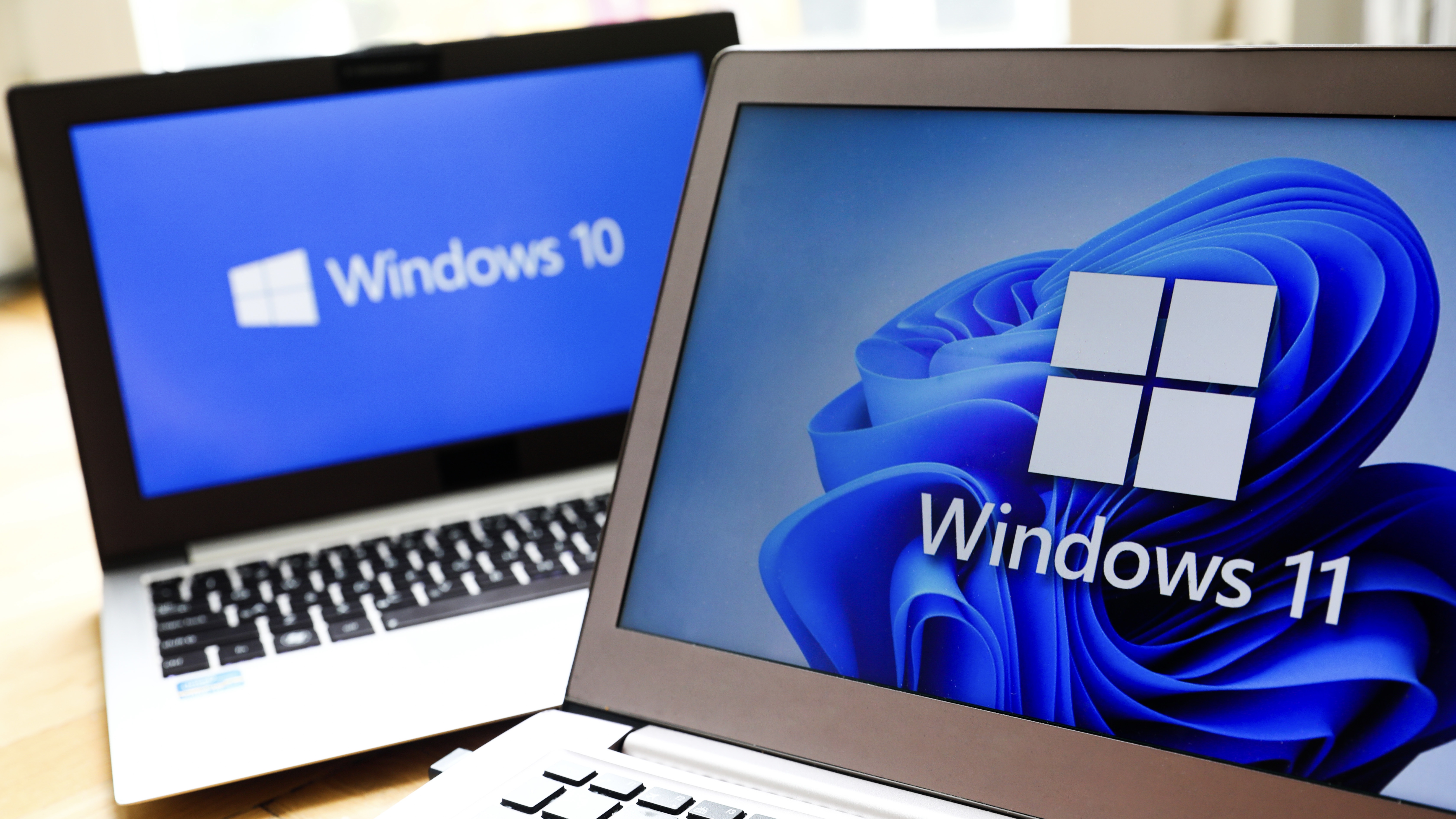 The Windows 11 migration conundrum: What role can the channel play?
The Windows 11 migration conundrum: What role can the channel play?Industry Insights Resellers are instrumental to making the right choice about the next steps...
-
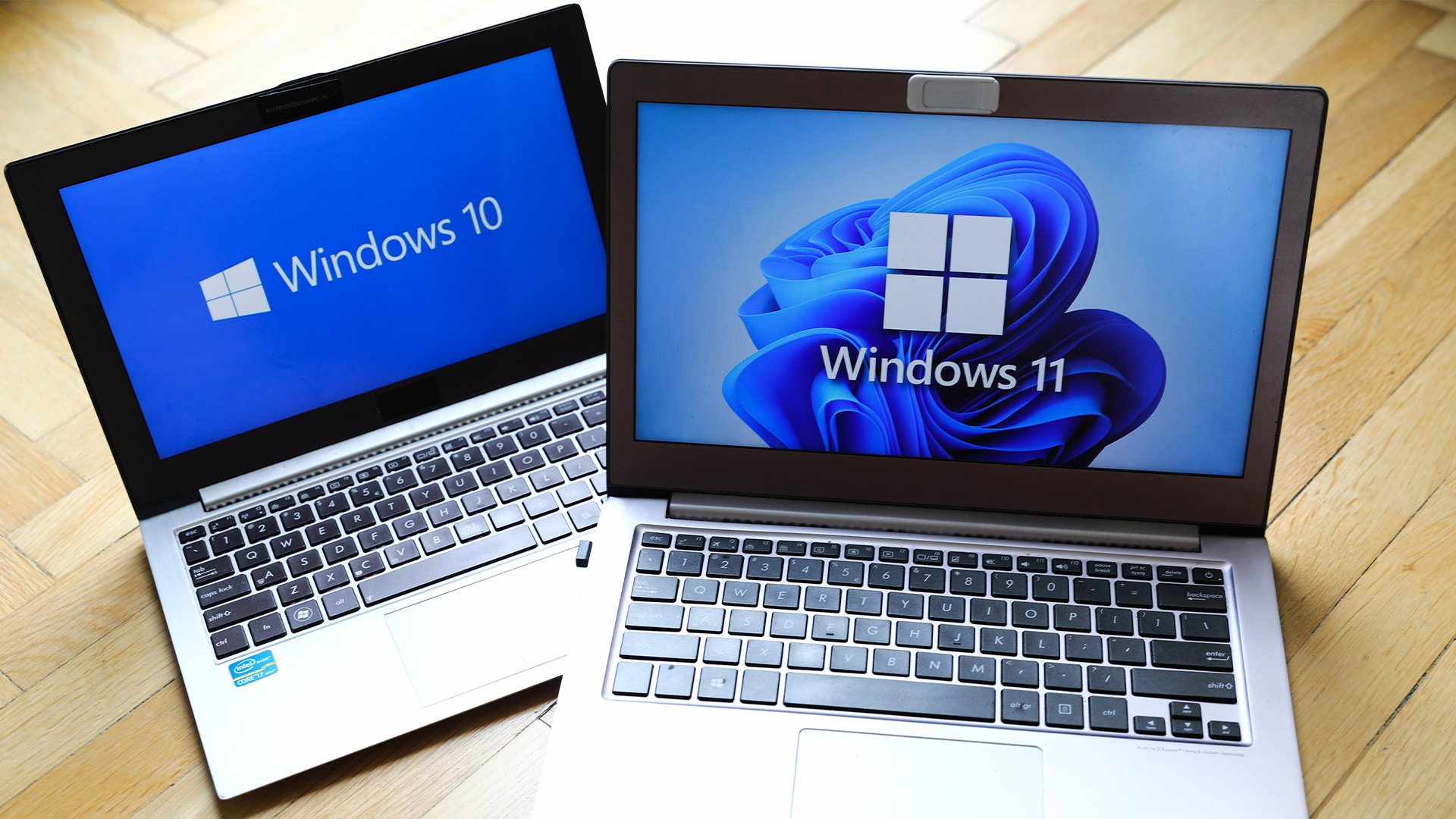 The NCSC just urged enterprises to ditch Windows 10 – here’s what you need to know
The NCSC just urged enterprises to ditch Windows 10 – here’s what you need to knowNews The UK cyber agency says those that haven’t migrated to Windows 11 should do so immediately
-
 Windows 11 finally overtakes Windows 10 in popularity – but what’s driving this surge?
Windows 11 finally overtakes Windows 10 in popularity – but what’s driving this surge?News It’s been a long time coming, but Windows 11 is finally Microsoft’s most popular operating system
-
 Dragging your feet on Windows 11 migration? Rising infostealer threats might change that
Dragging your feet on Windows 11 migration? Rising infostealer threats might change thatNews With the clock ticking down to the Windows 10 end of life deadline in October, organizations are dragging their feet on Windows 11 migration – and leaving their devices vulnerable as a result.

